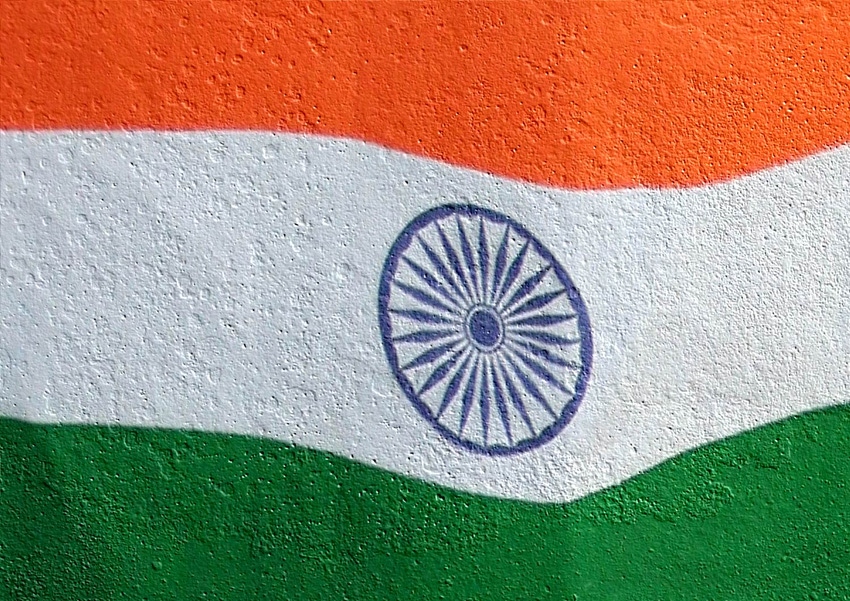India’s Empowered Group of Ministers (EGoM) has announced that it will impose a charge on operators holding what it considers to be excess amounts of radio spectrum.
October 19, 2012

India’s Empowered Group of Ministers (EGoM) has announced that it will impose a charge on operators holding what it considers to be excess amounts of radio spectrum.
The committee of senior ministers, which was set up to dilute power from just one telecoms minister, has decided that GSM operators with more than 4.4 Mhz and CDMA operators with 2.5 MHz will be forced to pay a one time surcharge. The EGoM said that the charges levied on all operators in total would raise Rs270bn ($5.1bn) for the exchequer.
According to Anubhuti Belgaonkar, senior analyst for Asia Pacific at Informa Telecoms and Media, India’s operators had been expecting this move, through discussions that they have had with the government. She said that they are just relieved that they will not be charged retrospectively for their spectrum.
“Initially the idea was that operators would have to pay retrospectively for the excess spectrum over years that they have had it,” she said.
“That’s not the case anymore. Operators knew it would happen but this is much cheaper than what they were facing if the originally proposed recommendations had been implemented.”
The EGoM has also announced a proposal for the country’s operators to give back their 900MHz spectrum to the government in exchange for 1800MHz spectrum. The 900MHz spectrum will be refarmed and reauctioned for LTE.
This is likely to be costly for operators, explained Belgaonkar, as they will need more base station to ensure coverage using 1800MHz spectrum than they did for 900MHz spectrum
“The government is not planning to give any monetary benefits to operators, it is just giving them replacement spectrum. So it means operators would need to spend more on base stations to provide the same coverage that they had previously been able to with their 900MHz spectrum.”
About the Author(s)
You May Also Like








.png?width=300&auto=webp&quality=80&disable=upscale)


_1.jpg?width=300&auto=webp&quality=80&disable=upscale)


.png?width=800&auto=webp&quality=80&disable=upscale)